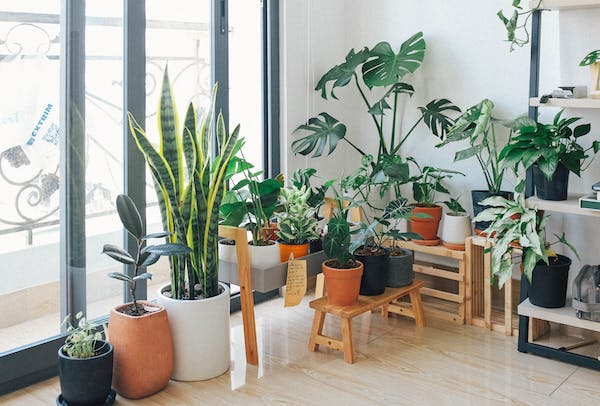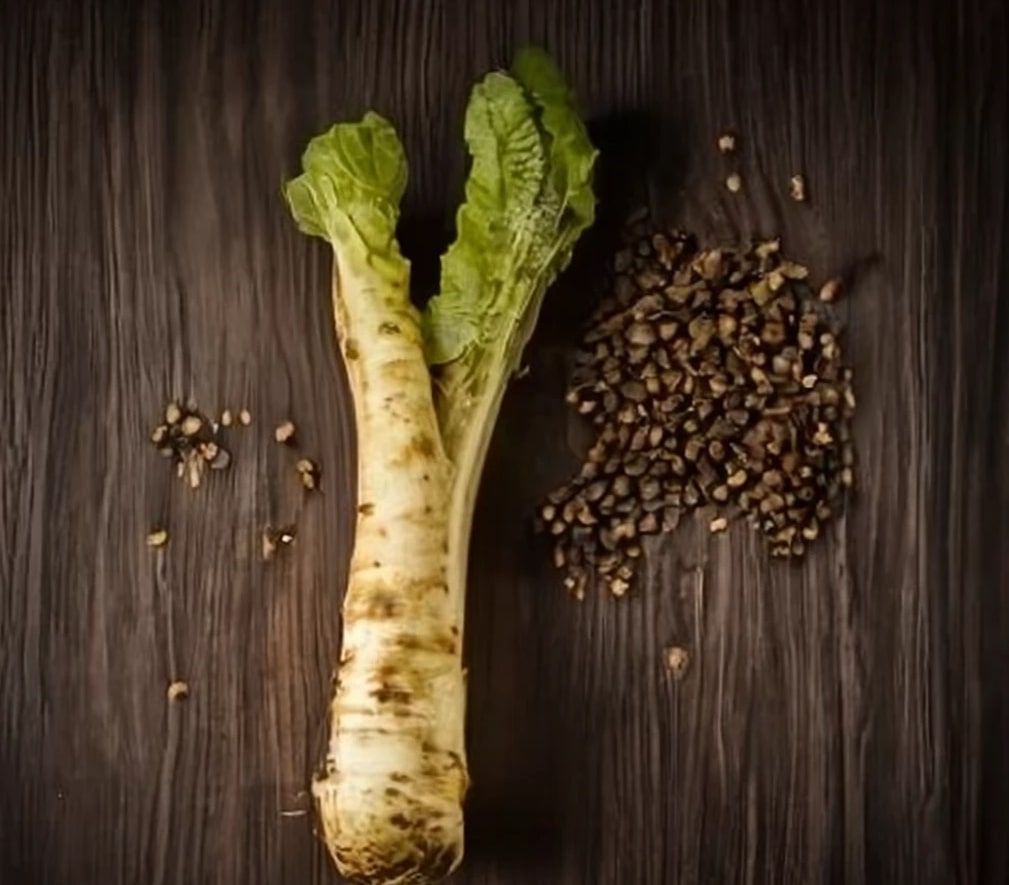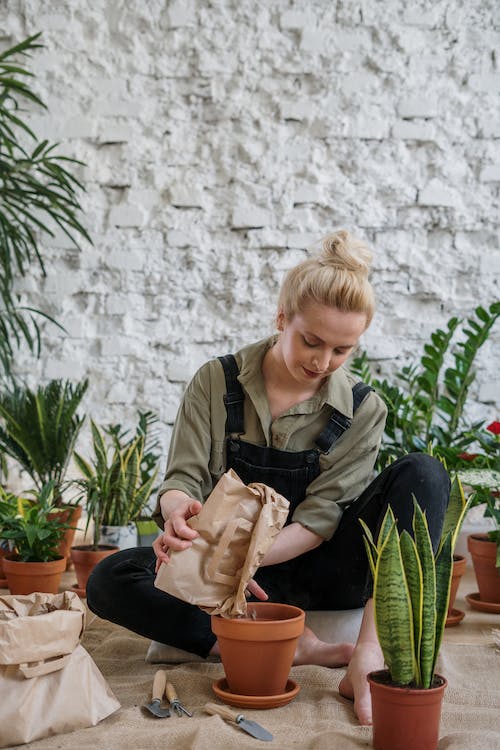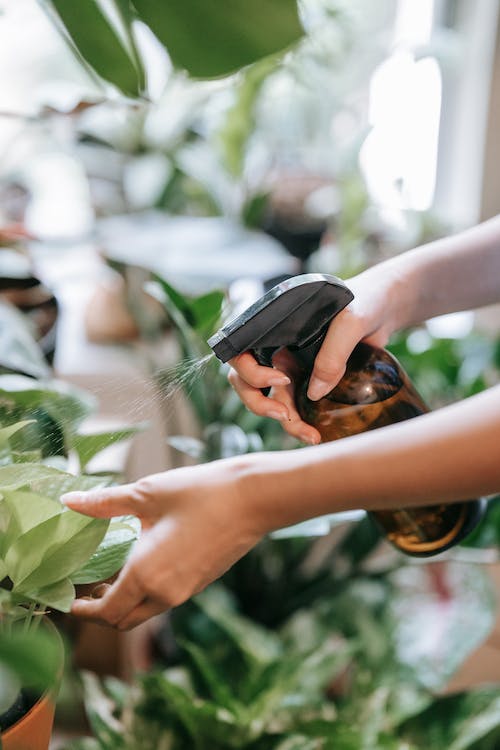Are you intrigued by the idea of cultivating wasabi indoors? Wondering how to grow wasabi indoors successfully? Look no further! This article is your comprehensive guide, providing step-by-step instructions and ensuring you have all the essential knowledge and tools for a prosperous indoor wasabi garden.
With careful selection of your indoor location, sourcing high-quality seeds or plants, and creating the optimal growing environment, you’ll be well on your way to enjoying fresh, homegrown wasabi.
Follow these instructions and get ready to impress your taste buds with this unique and flavorful plant.
Key Takeaways
- Wasabi thrives in cool temperatures between 50-65°F (10-18°C) and prefers well-draining soil with slightly acidic pH levels.
- It is important to provide adequate light, either through indirect or filtered light, and to avoid direct sunlight.
- Maintaining consistent moisture levels and high humidity, around 70-80%, is crucial for successful indoor cultivation.
- When sourcing wasabi seeds or plants, it is important to research reputable suppliers, check customer reviews, and inquire about the origin and farming practices.
Understanding the Basics of Wasabi Cultivation

To successfully grow wasabi indoors, you’ll need to understand the basics of its cultivation. Wasabi is a unique plant that requires specific conditions for optimal growth. By familiarizing yourself with these fundamental aspects, you can ensure a successful and rewarding indoor cultivation experience.
Firstly, it’s important to note that wasabi belongs to the Brassicaceae family, which includes other cruciferous vegetables like broccoli and cabbage. This means that it shares certain traits and requirements with these plants. Wasabi thrives in cool temperatures between 50 to 65°F (10 to 18°C), making it ideal for indoor growing where climate control is possible.
Next, let’s discuss the soil requirements for cultivating wasabi. It prefers well-draining soil rich in organic matter and slightly acidic pH levels around 6.0 to 6.8. You can achieve this by mixing peat moss or compost into your potting mix.
When it comes to watering, maintaining consistent moisture levels is crucial for successful wasabi cultivation. However, overwatering should be avoided as it can lead to root rot. Aim to keep the soil evenly moist but not waterlogged.
Furthermore, providing adequate light is essential for healthy leaf development in your indoor wasabi plants. They require bright indirect light or filtered sunlight for at least 12 hours each day. Consider using grow lights if natural lighting conditions are insufficient.
Lastly, remember to fertilize your wasabi plants regularly with a balanced organic fertilizer high in nitrogen content to promote vigorous growth.
Selecting the Perfect Indoor Location to Grow Wasabi Indoors

The first step in learning how to plant wasabi is finding an ideal location. You’ll want to find the ideal spot in your home where there is ample shade and a consistent temperature for growing wasabi indoors. Wasabi plants grow in cool, shaded environments with temperatures ranging between 50 to 70°F (10 to 21°C). Here are some key factors to consider when selecting the perfect indoor location for your wasabi cultivation:
- Temperature: Wasabi plants prefer cooler temperatures, so choose a room that stays within the recommended range. Avoid areas near heating vents or direct sunlight, as they can cause fluctuations in temperature.
- Lighting: While wasabi does need some light to grow, it is important to provide indirect or filtered light rather than direct sunlight. Consider placing your wasabi plant near a north-facing window or use artificial grow lights specifically designed for indoor gardening.
- North-facing window: This provides gentle, diffused light without exposing the wasabi plant to intense sunlight.
- Artificial grow lights: These mimic natural sunlight and can be adjusted to provide optimal lighting conditions for your wasabi plant.
- Humidity: Maintaining adequate humidity levels is essential for successful indoor cultivation of wasabi. Aim for a relative humidity of around 70% by using methods such as misting the leaves with water or placing a tray filled with water nearby.
- Misting: Spraying water on the leaves regularly helps increase humidity around the wasabi plant.
- Tray of water: Placing a tray filled with water close to your wasabi plant helps create moisture in its immediate vicinity.
Sourcing Quality Wasabi Seeds or Plants

When sourcing quality seeds or plants, it’s important to research reputable suppliers and ensure they have a track record of providing healthy and viable options. For growing wasabi indoors, finding reliable sources becomes even more crucial due to the wasabi plant’s specific requirements.
Wasabi is a delicate plant that requires cool temperatures, high humidity, and nutrient-rich soil. To ensure the success of your indoor wasabi cultivation, consider these factors when sourcing your seeds or plants.
Firstly, look for suppliers who specialize in rare and exotic plants like wasabi. These suppliers are more likely to have the expertise needed to provide you with healthy and viable options. Additionally, check their reputation by reading customer reviews and ratings.
Secondly, inquire about the origin of the seeds or plants. It’s essential to choose sources that can guarantee the authenticity of their products. Authenticity ensures that you are getting true wasabi varieties rather than substitutes or hybrids.
Furthermore, consider purchasing from suppliers who use sustainable farming practices. Sustainable farming methods ensure that the environment is not harmed during production and help support ethical business practices.
Lastly, don’t hesitate to ask questions about how the supplier handles transportation and packaging. Proper handling during transit is crucial as it can greatly impact the viability of the seeds or the health of young wasabi plants upon arrival.
Preparing the Optimal Growing Environment to Plant Wasabi

Creating the optimal growing environment for wasabi plants requires careful attention to factors such as temperature, humidity, and soil conditions. To ensure successful growth of your indoor wasabi plants, follow these steps:
Temperature
- Maintain a consistent temperature range between 50°F (10°C) and 68°F (20°C).
- Avoid exposing the wasabi plants to extreme cold or heat fluctuations
Humidity
- Keep the humidity levels high, ideally around 80%.
- Place a humidifier near the wasabi plants or mist them regularly to maintain adequate moisture.
Soil conditions
- Choose a well-draining soil mix with good moisture retention.
- Mix equal parts of peat moss, perlite, and coconut coir for an ideal growing medium.
- Ensure that the pH level of the soil is slightly acidic, around 6.0 to 6.5.
Lighting
- Provide your wasabi plants with bright but indirect light.
- Use fluorescent grow lights or LED lights if natural sunlight is limited.
Watering
- Water your wasabi plants consistently but avoid overwatering.
- Keep the soil moist by watering thoroughly when the top inch feels dry.
By following these guidelines and providing your indoor wasabi plants with an optimal growing environment, you will create the perfect conditions for their growth and maximize their yield.
Remember to monitor their progress closely and make any necessary adjustments based on their specific needs. Your dedication will reward you with healthy and flavorful wasabi harvests that can be enjoyed in various culinary dishes.
Planting and Caring for Your Wasabi Plants

Maintain consistent moisture levels in the soil to ensure proper growth and health of your wasabi plants. Wasabi plants require a moist environment to thrive, as they are native to areas with high rainfall and humidity. The ideal moisture level for your wasabi plants is around 80% relative humidity.
To achieve this, you can use a variety of methods such as misting the leaves with water or placing a tray of water nearby to increase humidity levels.
It is important to monitor the moisture levels in the soil regularly, as both overwatering and underwatering can be detrimental to your plants. Overwatering can lead to wasabi root rot, while underwatering can cause stunted growth and yellowing of leaves. To maintain proper moisture levels, make sure that the soil is consistently damp but not soaking wet.
In addition to maintaining moisture levels, it is essential to provide adequate drainage for your wasabi plants. Excess water should be able to drain freely from the pot or container, preventing waterlogged conditions that can suffocate the roots. You can add pebbles or small stones at the bottom of the pot before planting your wasabi plant to improve drainage.
Furthermore, it is recommended to fertilize your wasabi plants every two weeks during their growing season. Use a balanced liquid fertilizer formulated specifically for vegetables or leafy greens. This will provide essential nutrients for healthy growth and help prevent nutrient deficiencies.
Managing Growth for Healthy and Productive Wasabi Plant
To manage the growth of your plants indoors, it’s important to prune them regularly to encourage healthy and productive growth. Pruning helps remove dead or diseased branches, improves air circulation, and stimulates new growth.
Here are some key steps to effectively manage the growth of your indoor plants:
Timing
- Prune during the active growing season when your plants are actively producing leaves.
- Avoid pruning during times of stress like extreme temperatures or drought.
Tools
- Use clean, sharp pruning shears or scissors to make precise cuts without causing damage to the plant.
- Disinfect your tools before each use to prevent the spread of diseases.
Techniques
- Look for signs of overgrowth such as leggy stems or crowded foliage.
- Start by removing any dead or damaged branches close to their base using a clean cut just above a bud or node.
- Thin out dense areas by selectively removing some branches at different heights. This will improve airflow and light penetration throughout the plant.

Konnichiwa! (Hello!) I'm Pat Tokuyama, a Japanese tofu cookbook author, who travels for music, food, and adventure. If you like Japanese tea, checkout some of the newestorganic japanese tea, matcha bowls and noren and more!
** Curious about the Plant Based Japanese Cooking Club? ** Learn more here!
Aftercare
- After pruning, provide proper care such as watering and fertilizing based on the specific needs of your plant species.
- Monitor your plants closely for any signs of stress or disease following pruning so you can address issues promptly.
By following these guidelines, you can ensure that your indoor plants remain healthy and productive. Regular pruning not only promotes better overall growth but also helps maintain an aesthetically pleasing appearance for a more enjoyable indoor gardening experience.
Conclusion
In conclusion, mastering the art of growing wasabi indoors is within reach with our comprehensive guide. From selecting the perfect indoor location to sourcing quality seeds or plants, creating an optimal growing environment, and caring for your wasabi plants, you’re equipped for success.
Follow these steps, and soon you’ll delight in the unique and flavorful results of your indoor wasabi garden. Ready to impress your taste buds? Start your wasabi cultivation journey today!
![S&B Prepared Wasabi in Tube 43g [ New Gluten Free ]](https://cdn.alldayieat.com/wp-content/uploads/2023/12/51bUPkiwW9L._SL500_.webp) S&B Prepared Wasabi in Tube 43g [ New Gluten Free ]
S&B Prepared Wasabi in Tube 43g [ New Gluten Free ] S&B Prepared Wasabi in Tube brings the bold flavor of wasabi in a convenient gluten-free option. Weighing 43 grams and packaged in an easy-to-use tube, this offering from the trusted brand S&B elevates your culinary creations. Experience the distinctive kick of wasabi effortlessly. Spice up your dishes today with S&B Prepared Wasabi in Tube and transform your meals into flavorful delights!





Konnichiwa! (Hello!) I'm Pat Tokuyama, a Japanese tofu cookbook author, who travels for music, food, and adventure. If you like Japanese tea, checkout some of the newestorganic japanese tea, matcha bowls and noren and more!
** Curious about the Plant Based Japanese Cooking Club? ** Learn more here!